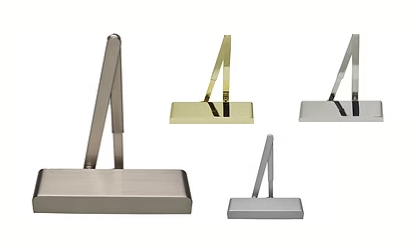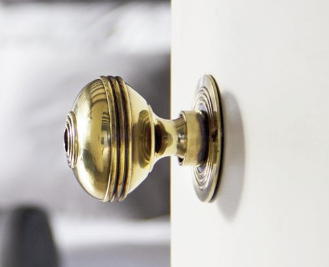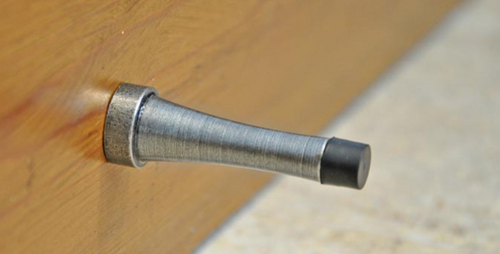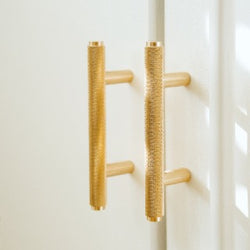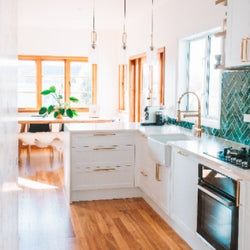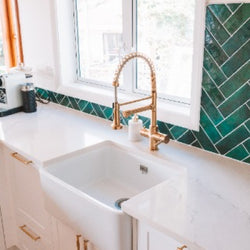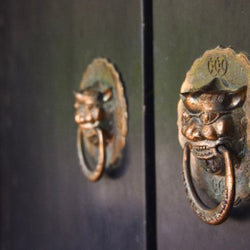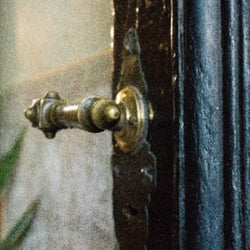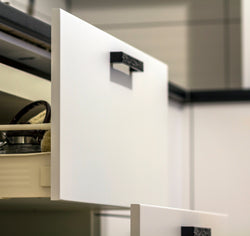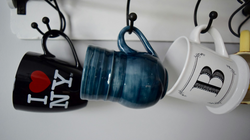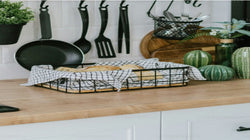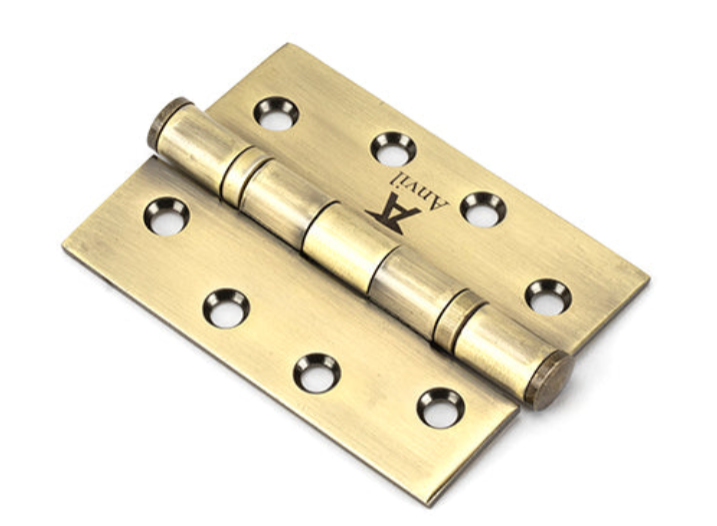
Hinges - An In Depth Guide
The Ultimate Guide to Door Hinges: Types, Uses, and Benefits
When it comes to doors, hinges are the unsung heroes that ensure functionality and style. From the humble interior door to grand entranceways, hinges play a pivotal role. But did you know there are various types of door hinges, each tailored for specific applications? In this comprehensive guide, we’ll explore the most common types of door hinges, their uses, benefits, and how to choose the right one for your specific needs.
1. Butt Hinges
Butt hinges are among the most widely used types of hinges. They consist of two rectangular plates attached to the door and frame, connected by a central pin that allows smooth movement.
Uses:
- Perfect for both interior and exterior doors.
- Commonly found in homes, offices, and commercial buildings.
Benefits:
- Known for their strength and durability.
- Available in various sizes and finishes to suit different styles and hardware.
- Can support heavy doors without sagging when installed properly.
Butt hinges are versatile and easy to install, making them a staple in door hardware.
2. Piano Hinges
Also referred to as continuous hinges, piano hinges run the full length of the door or panel they’re attached to. They distribute weight evenly and are often used in specialty applications.
Uses:
- Ideal for cabinets, storage boxes, and heavy-duty doors.
- Commonly seen on piano lids, giving them their name.
Benefits:
- Prevents door sagging over time by providing uniform support.
- Enhances the appearance of doors and panels with a sleek, continuous line.
- Offers robust functionality for high-use areas.
Piano hinges are excellent for heavy or oversized doors that require additional support and stability.
3. Flush Hinges
Flush hinges are designed for minimalist applications where space is at a premium. Unlike butt hinges, they do not require a recess to be cut into the door or frame.
Uses:
- Lightweight doors, cabinets, and cupboards.
- Ideal for applications where subtlety is key.
Benefits:
- Quick and easy to install.
- Sleek, low-profile design that blends seamlessly with the door.
- Cost-effective for lightweight structures.
Flush hinges are perfect for those looking for a practical yet visually discreet solution.
4. Concealed Hinges
Concealed hinges, also known as European hinges, are hidden from view when the door is closed. These are especially popular in modern cabinetry and furniture design.
Uses:
- Kitchen cabinets, wardrobes, and other contemporary furniture.
- Frequently used in minimalist and modern designs.
Benefits:
- Creates a seamless and clean look by hiding the hinge mechanism.
- Adjustable for precise door alignment.
- Highly durable and available in soft-close options for added functionality.
Concealed hinges are a must-have for anyone aiming for a polished and professional finish in their designs.
5. Spring Hinges
Spring hinges come equipped with a built-in spring mechanism, which allows doors to close automatically after opening. They are a practical solution for self-closing doors.
Uses:
- Commonly used in commercial spaces, kitchens, and fire-rated doors.
- Suitable for areas requiring automatic door closure for safety or convenience.
Benefits:
- Ensures doors close securely without manual intervention.
- Adjustable tension settings for customized door movement.
- Provides added security and energy efficiency by keeping doors closed.
Spring hinges are highly functional, making them an excellent choice for both residential and commercial spaces.
6. Barrel Hinges
Barrel hinges are compact, cylindrical hinges designed for small applications where aesthetics are crucial. They are typically embedded within the door and frame for a clean look.
Uses:
- Jewelry boxes, small cabinets, and specialty furniture pieces.
- Ideal for intricate woodworking projects.
Benefits:
- Invisible when the door is closed, maintaining a sleek appearance.
- Provides a clean and professional finish.
- Easy to install in smaller structures.
Barrel hinges are perfect for applications where precision and aesthetics matter most.
7. Overlay Hinges
Overlay hinges are a popular choice for cabinet doors, allowing them to rest over the frame and create a flush, seamless finish.
Uses:
- Kitchen and bathroom cabinetry.
- Modern furniture design.
Benefits:
- Adjustable for precise alignment.
- Enhances the aesthetics of cabinetry with a clean overlay design.
- Available in a variety of finishes to match your decor.
Overlay hinges are ideal for homeowners looking to upgrade their cabinetry with a modern touch.
8. Pivot Hinges
Pivot hinges are mounted at the top and bottom of the door, enabling it to pivot smoothly rather than swing on a traditional axis. They are often used in modern architectural designs.
Uses:
- Heavy or large doors, such as in hotels, showrooms, or offices.
- Frameless glass doors in contemporary interiors.
Benefits:
- Supports heavier doors with ease.
- Offers a unique and sophisticated door operation.
- Provides exceptional stability and durability for large openings.
Pivot hinges are an excellent choice for statement doors that demand both functionality and style.
How to Choose the Right Door Hinge
When selecting a door hinge, consider the following:
- Door Type: Is the door interior, exterior, or a specialty door? Different hinges suit different purposes.
- Weight and Size: Heavier doors require stronger hinges like pivot or continuous hinges for adequate support.
- Aesthetics: Concealed and overlay hinges work best for modern and minimalist designs.
- Functionality: For self-closing doors, spring hinges are a practical solution.
- Budget: Some hinges, like concealed or pivot hinges, may come at a premium but offer unparalleled functionality and design.
Final Thoughts
Choosing the right door hinge is essential for both functionality and design. With the variety of hinges available, it’s important to consider your specific needs, whether it’s supporting a heavy door, enhancing cabinetry, or achieving a sleek, modern look. Whether you’re renovating your home or tackling a DIY project, understanding the various types of hinges ensures you make an informed decision.
Explore our wide range of door hinges to find the perfect fit for your needs. From traditional to modern, we have hinges to suit every style and application.
